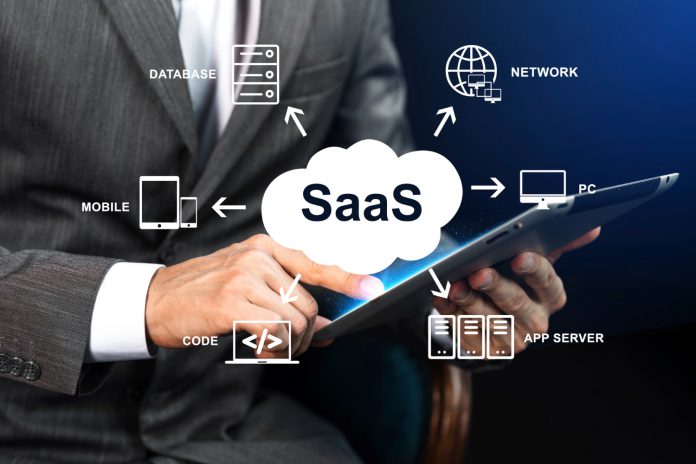In today’s digital age, businesses and consumers have embraced subscription-based services and SaaS (software as a service) solutions as convenient alternatives to traditional models. Subscription and SaaS both offer unique benefits, but they serve different needs and work in different ways. In this article, we’ll explore the main differences between subscription and SaaS, highlighting when each is the better option.
Understanding Subscriptions
What is a Subscription Model?
Subscription model is a payment model in which customers pay a recurring fee at regular intervals (usually monthly or annually) to access a product or service. This allows consumers to enjoy continuous access to the offering as long as they retain their membership. Common examples include streaming services such as Netflix, digital publications, live streaming application and subscription boxes.
Types of Subscriptions
There are various types of subscriptions available, catering to different industries and consumer preferences. Some popular subscription models include:
- Content Subscriptions: Access to premium content, such as articles, videos, or music.
- Product Subscriptions: Regular delivery of physical goods, like grooming products or food.
- Software Subscriptions: Access to software tools and applications on a recurring basis.
Advantages of Subscriptions
Subscriptions provide many benefits to businesses and consumers. For businesses, subscriptions provide a steady revenue stream, allowing for better financial forecasting. On the other hand, consumers benefit from the convenience of automatic payments, access to the latest updates, and the ability to cancel or upgrade their subscriptions as needed.
Understanding SaaS (Software as a Service)
What is SaaS?
SaaS, short for Software as a Service, is a software delivery model where applications are hosted by a provider and made available to customers over the Internet. Unlike traditional software, which requires installation on a separate device, SaaS allows users to access software through a web browser. This eliminates the need for extensive hardware and software setup.
How SaaS Works
In the SaaS model, users pay a subscription fee to access and use the software. Provider is responsible for maintenance, updates, security and data backup. Users can access the application from any device with an Internet connection, making it highly convenient for businesses with remote teams or traveling individuals.
Benefits of SaaS
SaaS offers several advantages that have made it increasingly popular among businesses:
- Cost-Effectiveness: SaaS eliminates the need for upfront software purchase and installation costs, as well as ongoing maintenance expenses.
- Scalability: Businesses can easily scale their usage up or down based on their needs, without worrying about infrastructure limitations.
- Automatic Updates: Users automatically receive the latest software updates and enhancements without any manual intervention.
- Accessibility: Users can access SaaS applications from anywhere, promoting collaboration and flexibility.
Differences Between Subscriptions and SaaS
Nature of Service
The primary difference between Subscription and SaaS lies in the nature of the service provided. Subscriptions typically provide access to content, physical products, or limited software features. On the other hand, SaaS focuses solely on delivering software applications with complete functionality.
Cost Structure
Subscriptions often have a fixed fee and provide access to a specific set of products or services. In contrast, SaaS operates on a pay-as-you-go model, where users pay a recurring fee based on usage. This makes SaaS particularly attractive for businesses looking for cost-effective solutions.
Ownership and Access
With subscriptions, users do not own the content or products they access, but rather lease them for as long as the subscription is active. In contrast, SaaS users do not own the software, but have continuous access to its full functionality as long as they maintain their subscription.
Flexibility and Scalability
While subscriptions offer flexibility in terms of canceling or upgrading plans, SaaS goes a step further with the ability to scale up or down the usage according to changing business needs. This level of flexibility is beneficial for businesses that are experiencing growth or seasonal changes in demand.
Customization Options
Subscriptions typically offer limited customization options, as the content or products are standardized for all subscribers. In contrast, SaaS applications often allow businesses to customize certain features to meet their specific needs.
Conclusion
In conclusion, both subscription and SaaS have their own unique benefits and serve different needs. Subscription is ideal for accessing content, products or limited software functionality, whereas SaaS provides comprehensive software solutions with scalability, flexibility and cost-effectiveness. It is important for businesses and consumers to understand the difference between these two models in making informed decisions based on their specific needs.
FAQs
- Q: Can I own the software in a SaaS model? A: No, SaaS users don’t own the software but have access to its features as long as they maintain their subscription.
- Q: Which is more cost-effective, a subscription or SaaS? A: SaaS is often considered more cost-effective due to its pay-as-you-go model, eliminating upfront costs.
- Q: Can I cancel my subscription at any time? A: Yes, subscriptions typically allow users to cancel at any time, providing greater flexibility.
- Q: Is SaaS suitable for large enterprises? A: Yes, SaaS is well-suited for businesses of all sizes, including large enterprises, due to its scalability and accessibility.
- Q: What are some popular examples of subscriptions and SaaS? A: Examples of subscriptions include Netflix (content), Birchbox (product), and Microsoft 365 (software as a service).

